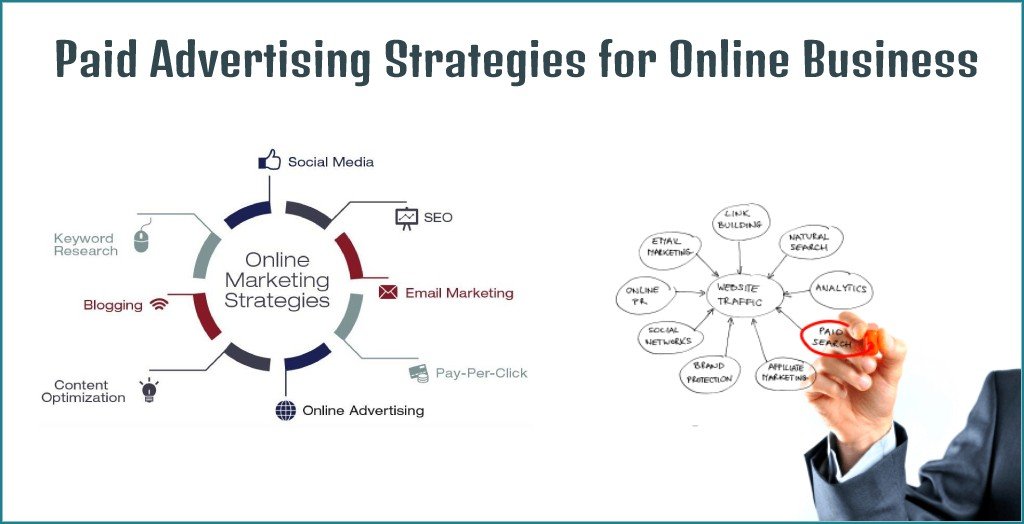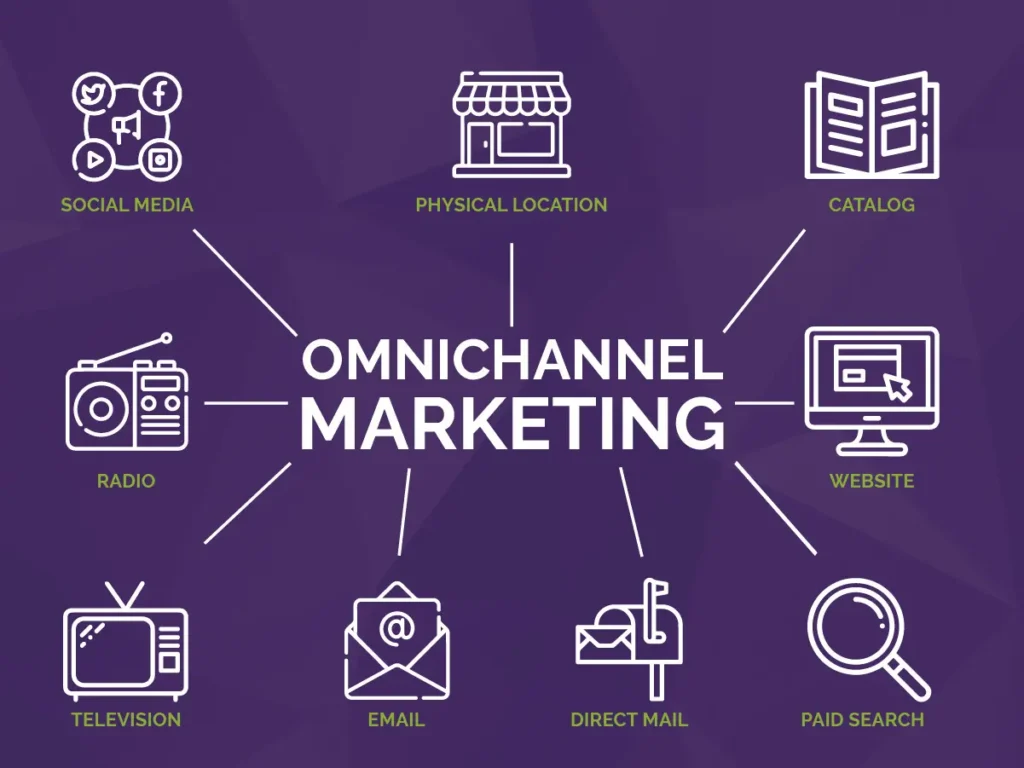The Ultimate Guide to Marketing Your Business in 2024: Strategies for Success

Marketing in 2024 is more dynamic and innovative than ever before. With rapid advancements in technology, shifting consumer behaviors, and new digital platforms emerging, businesses must stay agile and adapt their marketing strategies to stay ahead of the curve. This article provides a comprehensive guide to marketing your business effectively in 2024, focusing on the latest trends, tools, and tactics that can drive growth and success.
Understanding the Marketing Landscape in 2024
Before diving into specific strategies, it’s important to understand the current marketing landscape. Key trends influencing marketing in 2024 include:
- Personalization: Consumers expect personalized experiences tailored to their preferences and behaviors.
- Data Privacy: Stricter data privacy regulations require businesses to handle consumer data responsibly.
- AI and Automation: Artificial intelligence and automation are revolutionizing how businesses engage with customers.
- Omnichannel Marketing: Integrating various marketing channels to provide a seamless customer experience is crucial.
- Content is King: High-quality, relevant content remains a cornerstone of effective marketing.

1. Embrace Personalization and Customer Experience
- Leverage Data for Personalization
- Customer Insights: Use customer data to understand preferences and behaviors. Tools like CRM systems and analytics platforms can help gather and analyze this data.
- Targeted Campaigns: Create personalized marketing campaigns that speak directly to individual customer segments. Use email marketing, personalized ads, and retargeting to deliver tailored messages.
- Enhance Customer Experience
- User-Centric Design: Ensure your website and digital platforms offer a seamless and intuitive user experience. Focus on fast load times, easy navigation, and mobile responsiveness.
- Customer Support: Offer exceptional customer support through chatbots, live chat, and responsive social media interactions. AI-powered tools can provide instant responses and resolve queries efficiently.
2. Utilize AI and Automation
- AI-Powered Marketing Tools
- Chatbots: Implement AI-driven chatbots to handle customer inquiries, provide product recommendations, and guide users through their purchasing journey.
- Predictive Analytics: Use predictive analytics to anticipate customer needs and optimize marketing efforts. This can help identify trends, forecast demand, and personalize recommendations.

- Marketing Automation
- Email Automation: Automate email marketing campaigns to nurture leads and engage customers at various stages of their journey. Personalize emails based on user behavior and preferences.
- Social Media Scheduling: Use automation tools to schedule and manage social media posts. Consistent posting and engagement can boost brand visibility and customer interaction.
3. Leverage Content Marketing and SEO
- Create High-Quality Content
- Blogging: Regularly publish blog posts that provide value to your audience. Focus on addressing their pain points, answering questions, and offering insights.
- Video Content: Video marketing continues to grow in popularity. Create engaging videos for YouTube, social media, and your website to capture attention and convey your message effectively.
- Optimize for SEO

- Keyword Research: Conduct thorough keyword research to understand what terms your target audience is searching for. Use tools like Google Keyword Planner and SEMrush to identify relevant keywords.
- On-Page SEO: Optimize your website’s on-page elements, including title tags, meta descriptions, headers, and content. Ensure your content is informative, engaging, and aligned with user intent.
- Technical SEO: Focus on technical aspects like site speed, mobile-friendliness, and secure (HTTPS) connections to improve your search engine rankings.
4. Harness the Power of Social Media
- Choose the Right Platforms
- Platform Selection: Identify the social media platforms where your target audience is most active. Focus your efforts on these platforms to maximize engagement.
- Visual Content: Use visually appealing content such as images, infographics, and videos to capture attention. Platforms like Instagram, TikTok, and Pinterest are particularly effective for visual content.
- Engage and Interact
- Consistent Posting: Maintain a consistent posting schedule to keep your audience engaged. Use social media management tools to plan and automate your posts.
- Community Building: Foster a sense of community by responding to comments, participating in conversations, and hosting live sessions or Q&A events.
5. Invest in Paid Advertising
- PPC Campaigns
- Google Ads: Utilize Google Ads to run pay-per-click (PPC) campaigns. Target specific keywords and demographics to reach potential customers actively searching for your products or services.
- Social Media Ads: Run targeted ad campaigns on social media platforms like Facebook, Instagram, LinkedIn, and Twitter. Use advanced targeting options to reach your ideal audience.
- Retargeting
- Retargeting Ads: Implement retargeting campaigns to re-engage users who have visited your website but didn’t convert. Show them relevant ads to remind them of your offerings and encourage them to return.

6. Focus on Omnichannel Marketing
- Integrated Marketing Strategy
- Consistency: Ensure consistent messaging and branding across all marketing channels. An integrated approach creates a seamless experience for your customers.
- Cross-Channel Campaigns: Design marketing campaigns that leverage multiple channels, such as email, social media, and SMS, to reach customers at different touchpoints.
- Customer Journey Mapping
- Map the Journey: Understand the customer journey from awareness to purchase. Identify key touchpoints and optimize each stage to enhance the overall experience.
- Personalized Pathways: Create personalized pathways for different customer segments. Use data and insights to guide customers through a tailored journey that meets their needs.

Conclusion
Marketing your business effectively in 2024 requires a blend of innovation, personalization, and strategic planning. By embracing the latest trends and technologies, businesses can create meaningful connections with their audience, drive engagement, and achieve sustained growth. Whether you’re a small startup or an established enterprise, these strategies will help you navigate the dynamic marketing landscape and stay ahead of the competition. Embrace the opportunities of 2024, and let your marketing efforts propel your business to new heights.